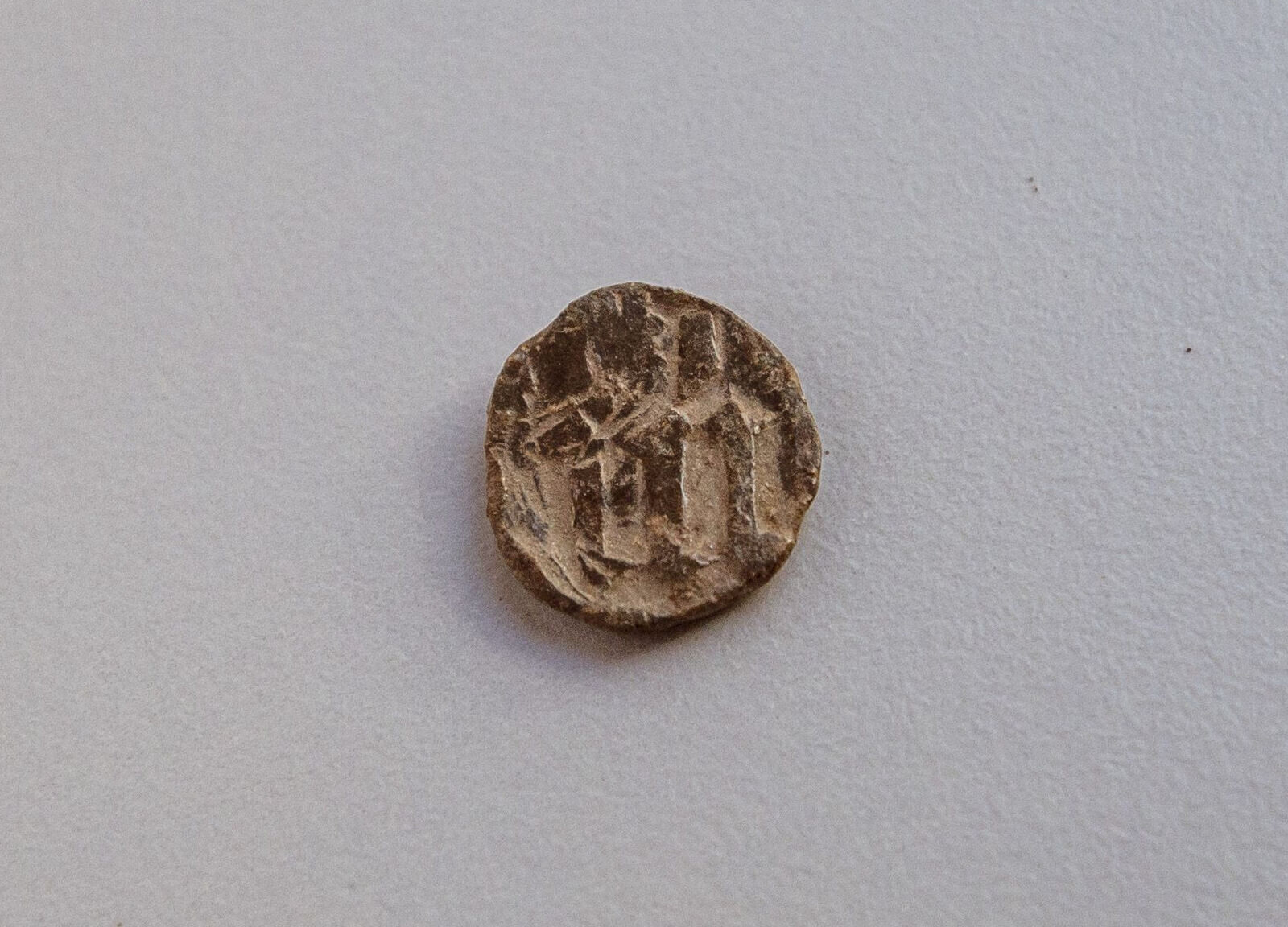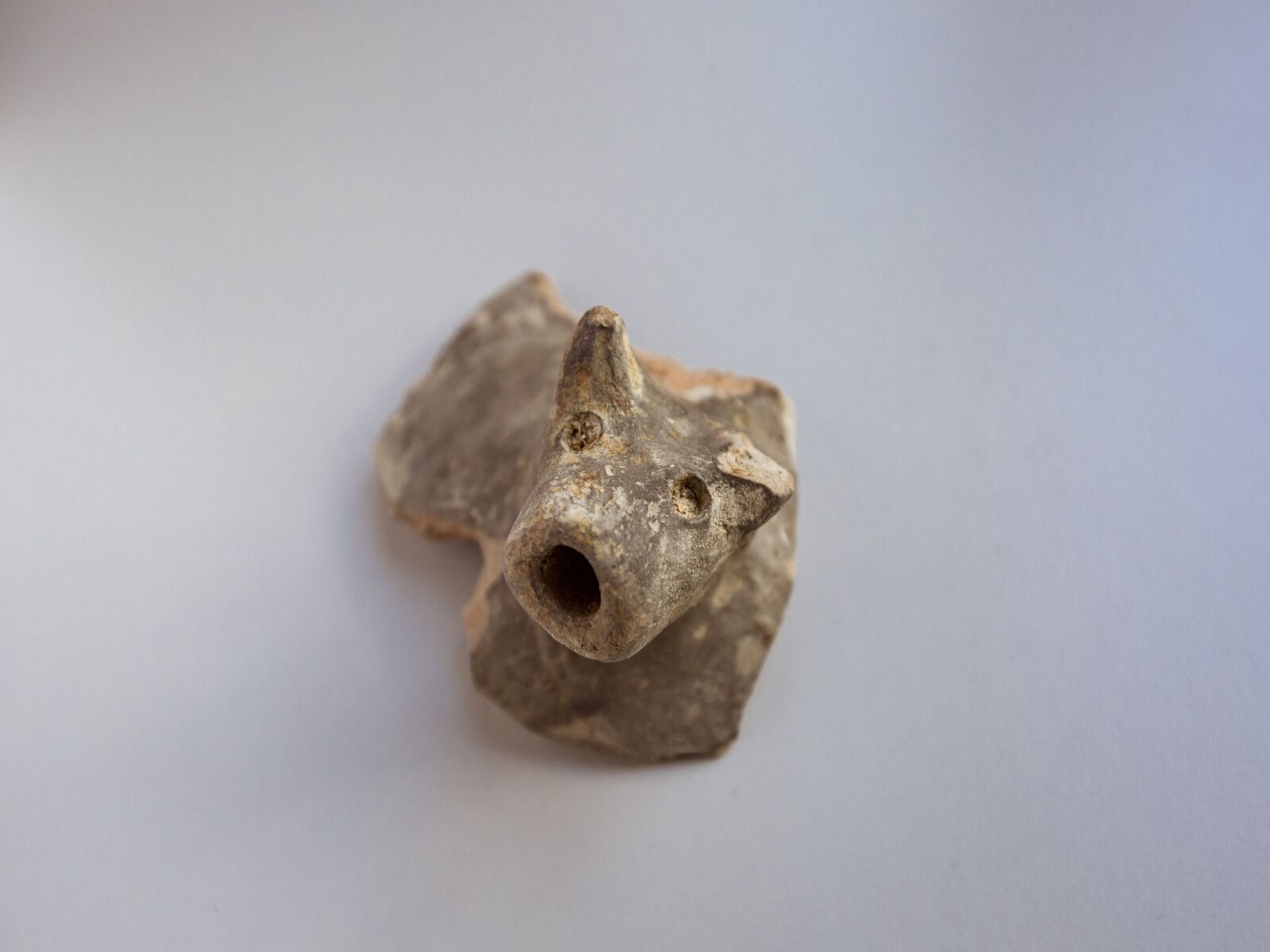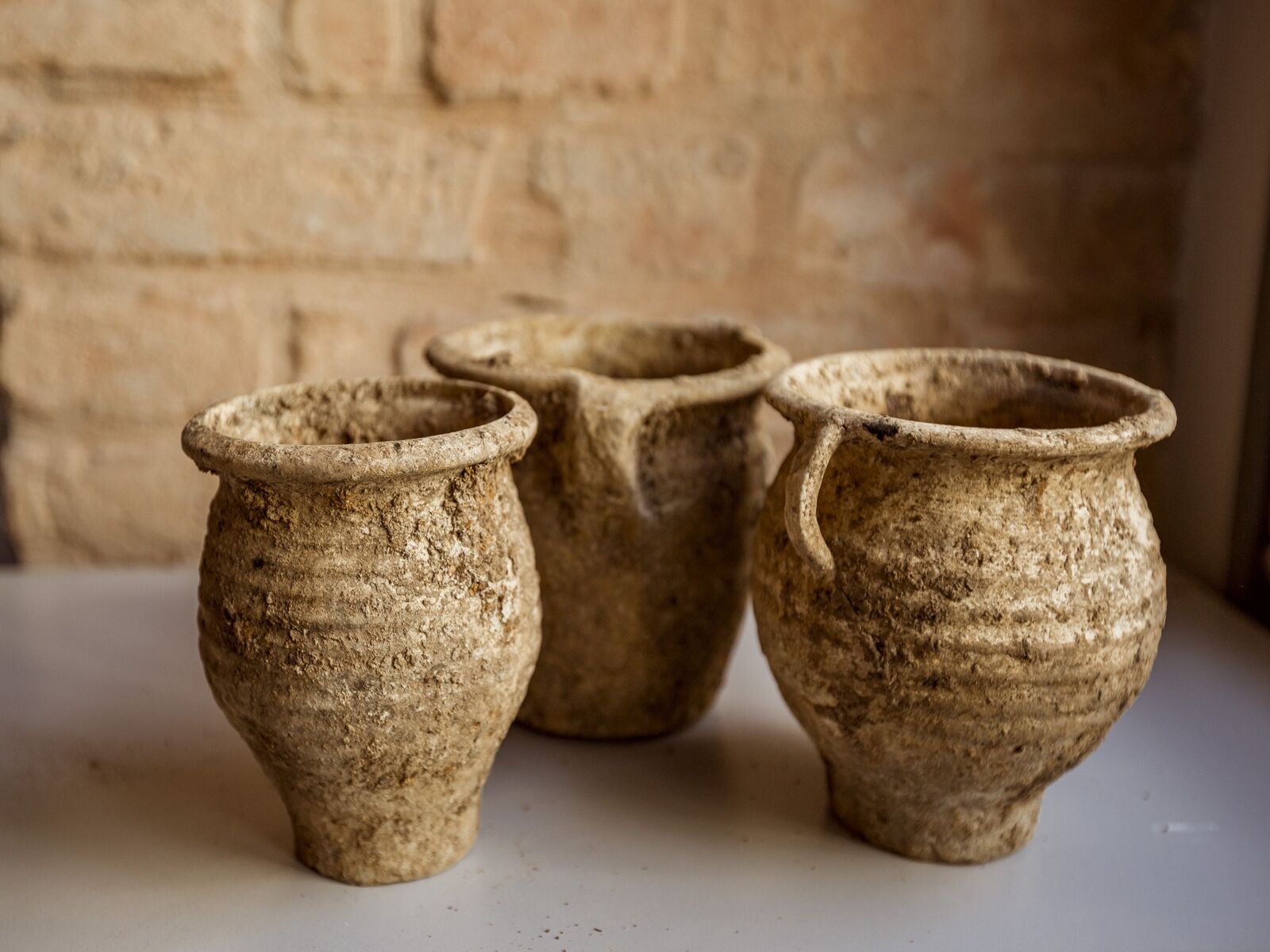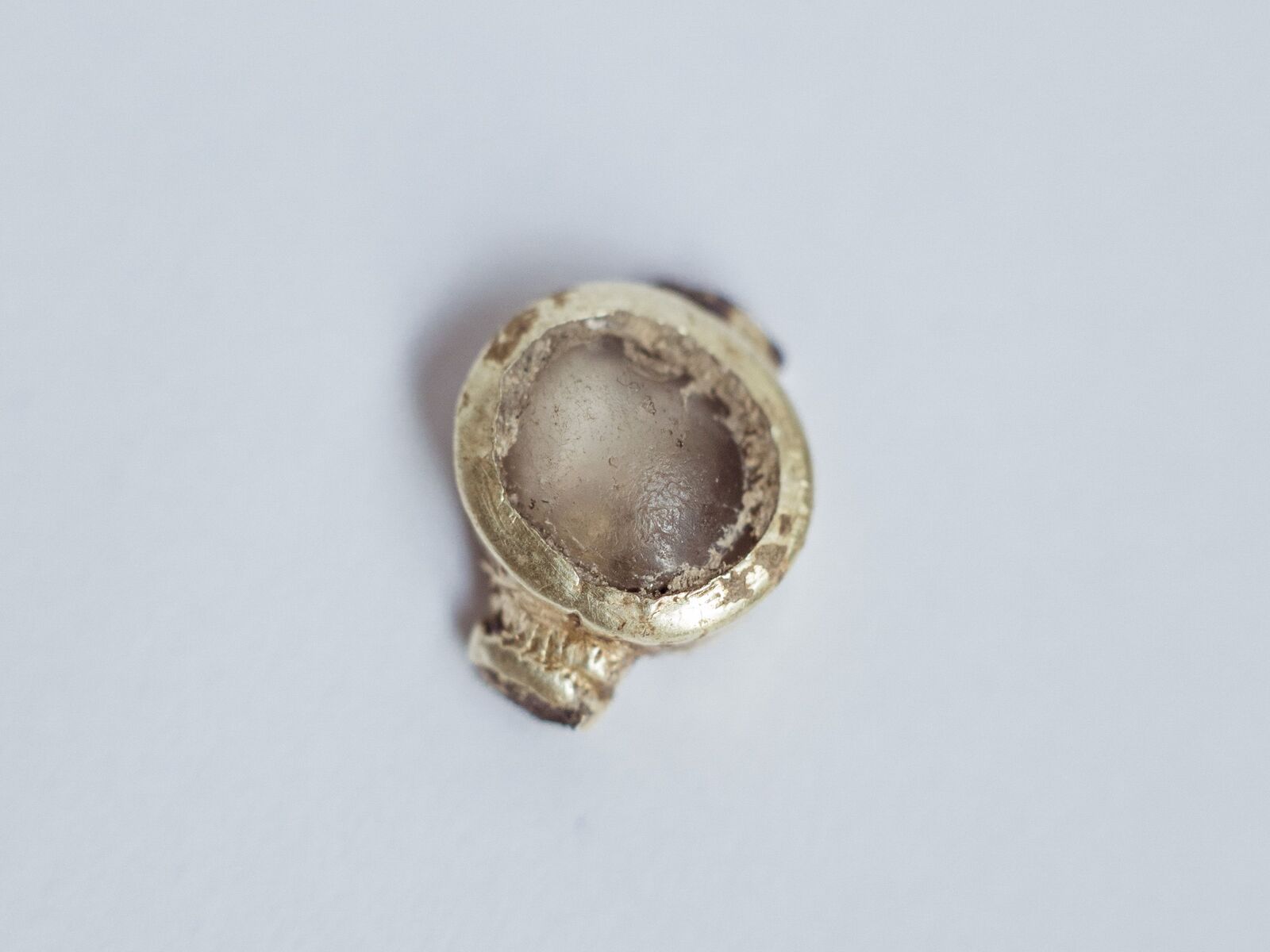PHOTOS: Sensational artefacts have been discovered in Buda Castle!

Sensational archaeological finds have been discovered from the Middle Ages in Buda Castle as the former Honvéd High Command building is being rebuilt to its former glory.
The renovation of the former Honvéd High Command building in Buda Castle began in early 2022 with archaeological excavations. The archaeologists’ latest finds were shown by the Castle Administration, pestbuda.hu reports.
Life in medieval Buda
Archaeologists found artefacts from the late Árpádian era of the 13th century until the rule of Sigismund of Luxembourg (1387-1437). Although the excavation was carried out in a relatively narrow strip of land south of the High Command building that is being renovated, the small area also yielded a rich assemblage of finds.
But how could such rich findings be excavated from a small strip of land? First, the inhabitants of Buda in the Middle Ages were among the wealthiest of the Hungarian population, and they had their own dumpsters.
“It was common practice at the time for the inhabitants of Várhegy to throw their damaged and redundant objects into cellar cavities, storage pits no longer in use or dried-up wells. The waste accumulated over the centuries is now turning up real treasures,” reads the Castle Administration’s briefing.
Sensational finds
The excavated fragments of medieval glass dripping cups and bottles made in Venice, Italy, in the 14th and 15th centuries, testify to the wealthy, well-equipped households of families living near the royal palace.

Archaeologists found a flower-shaped, flat bronze bead, which was once worn attached to thinner leather or stronger fabrics. A lead seal was also found with the bronze bead, which was put at the end of the rolled-up textile and attested to the origin and quality of the fabric.

The Castle Administration also mentions the discovery of a unique fragment of a dog-shaped pouring spout, probably from a ceramic vessel for storing liquids on the table.

Archaeologists found three kitchen cooking pots fully intact, which date back to the 15th century, based on their shape and design. It is probable that the pots recovered from the well may have been accidentally submerged in the well while drawing water, where the mud preserved them in good condition.

Undoubtedly, the most valuable piece of the assemblage is a fragment of a 14th-century gold ring, which may once have been decorated with quartz crystal.
Source:





